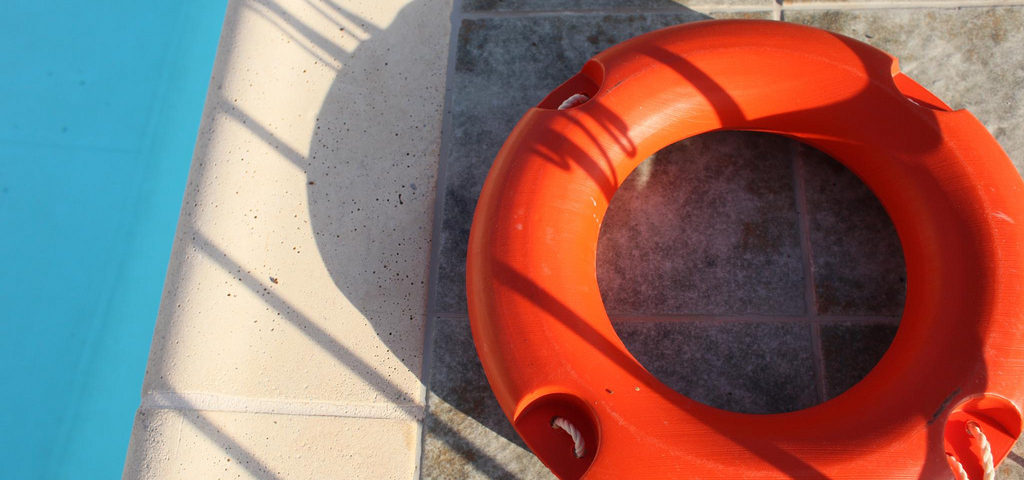Get In The Pool

WELCOME
May 30, 2017
My first vlog!!
June 13, 2017Get In The Pool

In 2010, our darkest of times as a family, I began to use an analogy of a swimming pool when trying to describe the difficult parts of our family’s journey and I wanted to share it here. I make specific references to adoption because that is the journey I have made but I hope the analogy itself might strike a chord with other parents of kids with complex needs as well.
Back when my husband and I decided to pursue adoption, we never expected it to be easy. Not at all. But there was no real way for us to know how very hard it would be until we had experienced it for ourselves. Throughout the adoption process we were told again and again that to do this, to bring an older child into our home from the foster care system, would be a huge leap of faith.
I now ( a mere 14 years later) envision the adoption process as a huge leap into a swimming pool. In the adoption classes everyone stands around the pool, during the home study process and disclosure you get your feet wet, and if you want to adopt after that well you better be willing to jump into that pool with your child, whether you know how to swim or not.
When we were presented the information about our son we did what we thought was due diligence, asked all the “right” questions and still decided to take the plunge. We jumped in the pool knowing that our son would not know how to swim, YET, but with the conviction that he would learn with us there every step of the way with him. We also, very naively, thought that if we needed services that we would just advocate for them and get them (seriously, try not to laugh too hard at me over that one – I had been working in Early Intervention for years and really should have known better). I wasn’t even consciously aware that I had assumed those things until much much later in our journey.
But back to the analogy – after a while we grew tired holding our son up in the pool and we had to face the reality that he wasn’t learning how to swim no matter what we did. So we called in more experts and they almost blew us out of the water when they told us he would never learn to swim. We grieved and reeled from this new information but we again refused to give up and called for more help.
We asked for back up but what we got was a bunch of people standing around the pool. They wouldn’t get in the pool with us – some would go so far as to sit on the edge and get their feet wet and give us some helpful suggestions from afar and that would buoy us for a while. But most refused to sit, they would stand off in the distance and judge us and occasionally ask us if we were ready to give up and give him back.
People would come and go, occasionally we were left with no one on the side of the pool. A few times some amazing soul would come along and when no one was looking they would jump in the pool and it would feel like they were holding up part of my son even for a brief time. Then their boss would come along or it would be the end of their work day and they would have to jump out.
After many years our son got bigger and he grew frustrated by his own lack of progress. We no longer cared if he ever swam on his own, we just wanted him to be able to enjoy being in the water again. We also knew we needed more help. We needed to find other ways to accommodate him in the pool instead of us holding him. We began to look around. We yelled for help. People came back to the side of the pool, shaking their heads and wondering aloud how we had ever managed to keep him afloat in the pool on our own for so long. We calmly told them of our plight, we explained we couldn’t do it on our own, we politely but firmly asked for help. They asked if we wanted to give him up, send him back. They wanted us to admit defeat and get out of the pool, leaving him there. That was the only way the system was designed to really “help” us.
We refused to give up or give in. We began splashing and making all kinds of noise. We blew whistles and got the attention of the people in charge. All the while though, I was beginning to drown. All those years of holding my son up had taken their toll. I could no longer do it, my body was failing me. Even as some wonderful people jumped in the pool and lovingly took my son from arms and continued where I had left off, I found myself very quickly and unexpectedly drowning. I couldn’t even begin to tell others what was happening to me and I wondered later when I regained some strength how on earth so many really good and well intentioned people never recognized what was happening to me.
Then I read an article entitled “Drowning Doesn’t Look Like Drowning” by Mario Vittone. The article is intended to teach people the true signs of someone drowning, which are quite different than what is portrayed in the media. I read the article and felt it reaching me on a whole new level that I am sure the author never intended. As Mario Vittone wrote:
“The Instinctive Drowning Response – so named by Francesco A. Pia, Ph.D., is what people do to avoid actual or perceived suffocation in the water. And it does not look like most people expect. There is very little splashing, no waving, and no yelling or calls for help of any kind.”
How many times is that us as parents? People look at us and see the “together” image we are trying so hard to portray but they don’t see that inside we are actually drowning. We try so hard not to show any sign of weakness on our part for fear (and often times rightfully so) that it will mean people will not take us seriously and/or our child will not receive an intervention, treatment, funding or placement that we know they need. So even when we are unraveling, sobbing or screaming on the inside we dress nice, fix our hair, arrive early and sometimes even bring cookies.
We keep on top of referrals that need to be made, reports that need to be sent and IEP’s that need to be created and revised. We deal with meltdowns, illness and messes at home. We cry at night when our children are in bed because during the day we need to hold it together. Because if WE don’t do it no one will. We find the strength to wave our arms and call for help for our children. Often times though we cannot do the same for ourselves. We silently drown.
Truth be told, I would jump in the pool again for our son without hesitation. I don’t want to make it seem as though this whole journey has been horrible. It really hasn’t – there have been far more loving, touching, heart warming times but there are periods of time that are very very difficult and that is what I am writing about here. As my friend and fellow parent wrote to me “Yes there is an idealistic tropical paradise pool and there is also a shark scenario, but reality is somewhere in-between”.
As I continue to assist other families and work in our community to try to achieve real change to our services and practices, I find myself trying to pinpoint what some common “drowning” signs in families might look like. If we can inform and advise our families, professionals, services providers and community on what to watch for and how to assist, then perhaps we can put an end to parents drowning. At the same time, maybe we could make adaptations to the pool and hire trained lifeguards to get in the pool with us.

